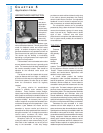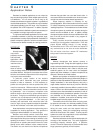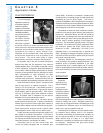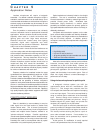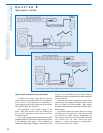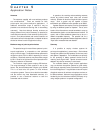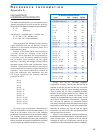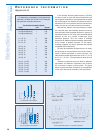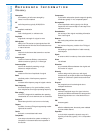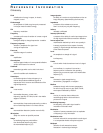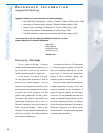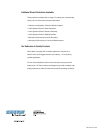
Narrow band
an FM signal in which the deviation is much less
than the modulating frequency
Noise
undesirable random audio or radio energy
Operating frequency
the final output frequency of a transmitter or the
tuned frequency of a receiver
Oscillator
a circuit that produces a continuous periodic output
Phase-lock-loop (PLL)
a circuit which maintains a desired frequency by
means of a self-correcting feedback technique
Plug-on
a transmitter type which may be attached directly
to a microphone
Pre-emphasis
a fixed equalization which typically boosts high
frequencies in the first part of a two-step noise
reduction process
Polarization
the orientation of the electric field component of a
radio wave
Power
usually refers to the RF power delivered to the
transmitter antenna and is measured in milliwatts (mW).
The actual power radiated by the antenna is much less
Quieting
the suppression of radio noise in a receiver when
the desired signal is picked up at a certain strength
Radio waves
electromagnetic waves which propagate a
significant distance from the source
Receiver
device which is sensitive to radio signals and
recovers information from them
Reflection
retransmission of incident radio waves by metal
objects
RF
radio frequency, generally taken to mean well
above 20,000 Hz
RFI
radio frequency interference
Selectivity
measure of a receiver’s ability to discriminate
between closely-spaced frequencies
Sensitivity
measure of a receiver’s ability to respond to
weak radio signals
Shadow
blocking of radio waves by reflective or
absorptive (lossy) objects
Signal-to-noise ratio
overall useable amplitude range of a signal or
device, generally the difference between some
reference level and the residual noise level
SINAD
a measure of receiver sensitivity stated as the
RF signal strength required for given minimum
signal-to-noise + distortion ratio
Spread spectrum
a radio transmission technique which spreads the
energy of the signal over a wide frequency range
rather than concentrating it at one frequency
Spurious emissions (spur)
residual output from crystal-controlled transmitters
occurring at frequencies that are offset from the
operating frequency by multiples of the crystal
base frequency
Spurious rejection
the ability of a receiver to reject spurious emissions
Squelch
circuit in a receiver that mutes the audio output in
the absence of the desired transmitter signal
Spectrum
a range of discrete frequencies
Superheterodyne
in a receiver, the technique of filtering the received
signal to eliminate possible image frequencies and
then mixing the received signal frequency with the
local oscillator (LO) to produce the intermediate
frequency (IF)
Transmitter
device which converts information to a radio signal
UHF
ultra high frequency (about 300 - 3000 MHz)
VHF
very high frequency (about 30 - 300 MHz)
Wavelength
the physical distance between successive complete
cycles of a wave, inversely proportional to frequency,
dependent on properties of medium
Wideband
an FM signal in which the deviation is much greater
than the modulating frequency
Selection
and Operation
of Wireless Microphone Systems
60
R EFERENCE I NFORMATION
Glossary



